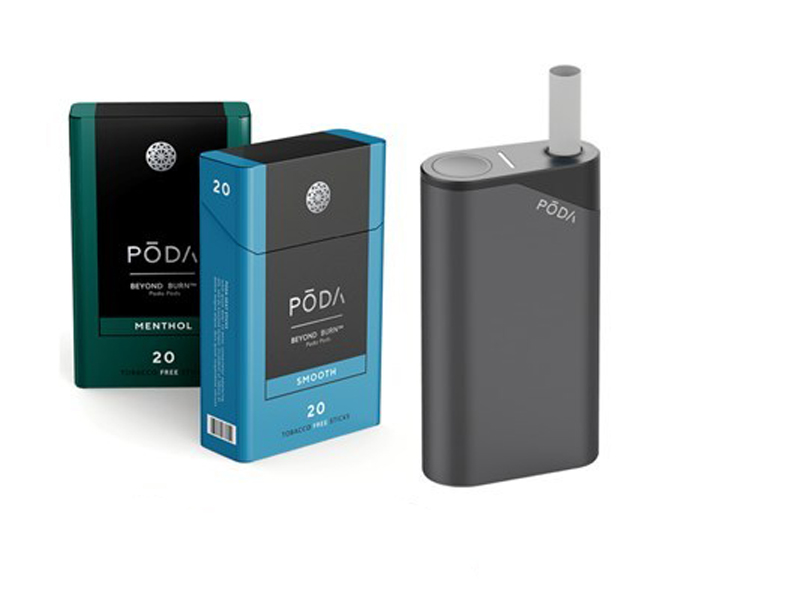
Imperial Brands has launched its heated-tobacco products in the Czech Republic.
The launch is the first of two planned European pilot trials for the company’s Pulze device and iD heat sticks.
Imperial is investing in heated-tobacco opportunities in a focused number of markets in Europe as part of its new strategy to build a targeted and sustainable next-generation product (NGP) business.
The Czech pilot is the first step in Imperial’s approach of entering markets where the category is already established and where the business is able to leverage an existing strong route to market.
“Heated-tobacco offers significant growth opportunities in Europe where, in many territories, it is the biggest NGP category and the fastest growing,” said Joerg Biebernick, Imperial Brands’ president of the European region, in a statement. “Detailed market testing will allow us to quickly expand our consumer insights and inform the potential to launch validated heated-tobacco products in further European markets.”
Heated-tobacco currently accounts for around 10 percent of the total nicotine sector in the Czech Republic, with further strong growth anticipated.
The Pulze device heats rather than burns iD heat sticks to provide nicotine and tobacco aromas containing fewer and substantially lower levels of the harmful chemicals found in cigarette smoke.
Unlike other heated-tobacco products, the Pulze device does not require a charging case, offering up to 20 consecutive uses. It is available in copper and silver colors.
iD heat sticks are being made available in five flavors: Rich Bronze with rich tobacco flavor and triple flow filter technology, Balanced Blue, Mint Polar Green, Mint Ice and Capsule Polar.



























